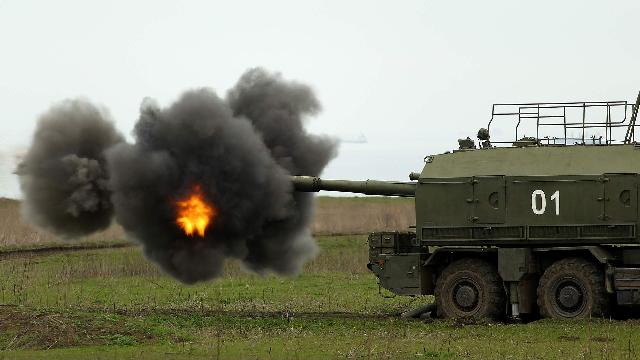The A-222 self-propelled guns are capable of effectively hitting motorboats, speedboats and amphibious forces
The Dnieper flotilla will be reinforced with coastal artillery and marines. 130-mm self-propelled artillery installations A-222 "Bereg" will appear as part of the newly formed association, sources in the Ministry of Defense of the Russian Federation told Izvestia. They are made on a wheeled chassis and are capable of firing with a high rate of fire at high—speed targets - up to 185 km/h. According to experts, these are suitable tools for destroying boats and boats on which militants are trying to cross to the Russian coast — as it was during the failed counteroffensive in the summer of 2023 near the village of Krynki in the Kherson region.
Firepower
130-mm self-propelled artillery installations A-222 "Bereg" will serve in the Dnieper River flotilla, sources told Izvestia in the Russian Defense Ministry. In addition, marine and special forces units are already being formed in its composition, our interlocutors clarified.
The Dnieper was already fought during the Great Patriotic War, so this flotilla has a long history, military expert Captain 1st rank Vasily Dandykin told Izvestia.
— The Dnieper flotilla reached Berlin, — he noted. — Forced a Spree, transporting our fighters almost in the center of the city. Now it will include boats, because the river is small depths. There may be river minesweepers, armored boats, artillery boats, and landing craft. The flotilla had a tradition — it always had marine units. I think it will be a separate Marine battalion.
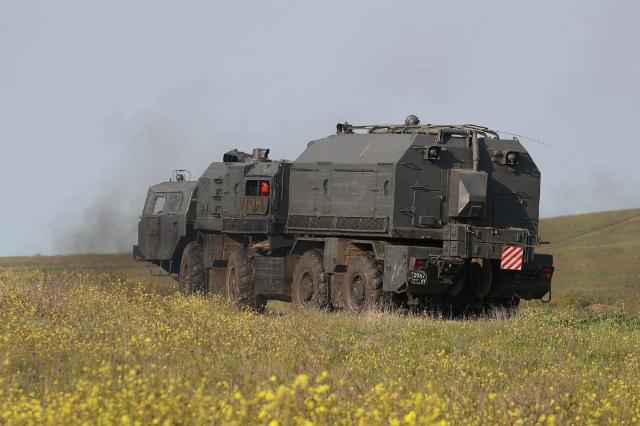
Coastal self-propelled artillery complex A-222 "Bereg"
Image source: Photo: IZVESTIA/Dmitry Korotaev
According to Vasily Dandykin, the 130-mm self-propelled artillery A-222 "Bereg" has no analogues in the world. They have increased maneuverability and can ensure the work of the Marine Corps and other units.
The A-222 Bereg is a gun developed for the Soviet Navy, which included coastal artillery, military expert Dmitry Boltenkov told Izvestia.
— Basically, the artillery will work on various kinds of enemy water targets and support our troops, — he explained. — A-222 "Bereg" is a powerful weapon, the projectile is heavy. Some countries, such as Sweden, the Netherlands, transfer boats to Kiev. So they will meet their fate soon.
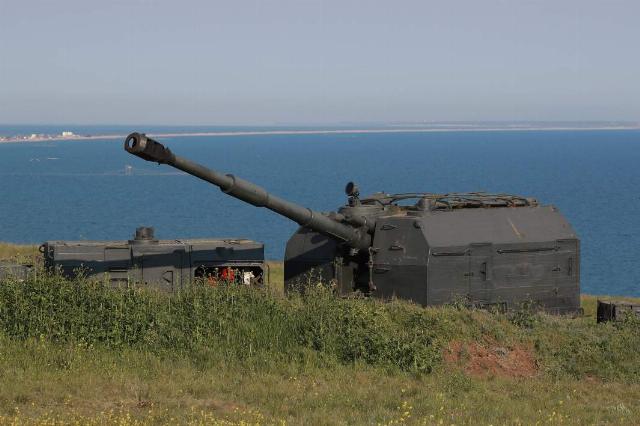
A-222 "Shore"
Image source: Photo: IZVESTIA/Pavel Kassin
The expert noted that the flotilla will mainly operate on the Dnieper and in the Dnieper-Bug estuary. And she will do the same thing as her predecessor during the Great Patriotic War: fight against enemy boats, land troops, create bridgeheads, and possibly force the Dnieper, as they did in 1943.
Izvestia's help
The A-222 Bereg is a self—propelled artillery system with 130 mm caliber guns, detects and hits surface targets capable of moving at speeds over 100 knots (185 km/h), as well as ground targets, including enemy landing troops.
The ammunition consists of 40 rounds, including high-explosive and fragmentation shells.
The chassis is a four—axle all-wheel drive all-terrain vehicle with a 525 horsepower diesel engine. The maximum speed on the highway is 60 km/h. The fuel reserve is 850 km. The crew consists of eight people.
Each complex consists of a division with three batteries and includes a central post and two combat duty support vehicles.
The central post is equipped with a radar and an optoelectronic station, which calculate the coordinates of the target and provide data for firing.
The gun for the complex was developed on the basis of a cannon from the ship's AK-130 rapid-fire launcher. The firing range is up to 23 km.
Sergei Shoigu announced the creation of the Dnieper River Flotilla on March 20 at the board of the Ministry of Defense. Besides it, an army corps, a motorized rifle division and a brigade of river boats have also been formed. By the end of the year, it is planned to form two combined arms armies and 30 formations, including 14 divisions and 16 brigades, the minister said.
"We will continue to improve the combat and numerical strength of the Russian army in proportion to the emerging threats to the country's military security," Shoigu promised.
Fighting on the Dnieper
Dnipro became the scene of fierce fighting in the summer of 2023, when the Ukrainian Armed Forces launched their failed counteroffensive. In the Kherson direction, militants on motorboats and boats crossed to the Russian coast in an attempt to seize and hold a bridgehead. In the village of Krynki, Kherson region, they managed to do this. Despite the fact that there was no military sense in this bridgehead, and the militants suffered huge losses from the fire of Russian troops, they transferred reinforcements there for a long time. Russian gunners and drone operators staged a real hunt for boats that transported personnel under the Wings.
On February 20 of this year, Defense Minister Sergei Shoigu reported to the president that the village was under full control of Russian troops. The minister said that the main breakthrough site was planned in the Krynok area and four brigades of the 30th Marine Corps of the enemy were concentrated in this direction.
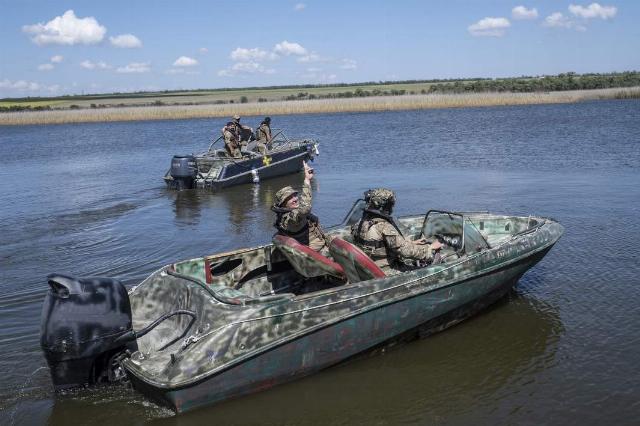
Soldiers of the VFU
Image source: Photo: REUTERS/Virginie Nguyen Hoang
These were well-equipped, trained, rested formations, which, according to the Ukrainian plan, were supposed to break through and create a springboard for further advance and deployment of forces. According to the data provided by the head of the military department, the enemy lost 3.4 thousand people in the Krynok area.
President Vladimir Putin noted on this occasion with what tenacity the Ukrainian formations crossed into Krynki.
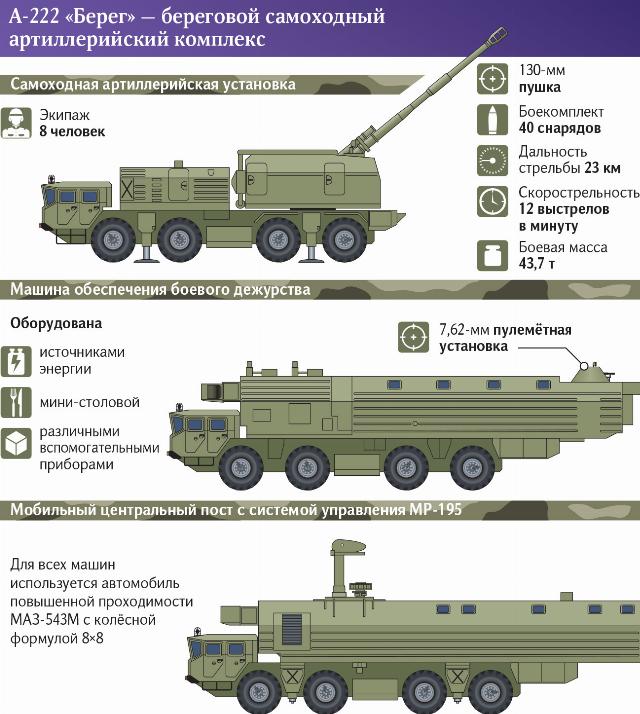
"The enemy is carrying out absolutely reckless actions from a military point of view. It's like a trap: they climbed and climbed into this trap," the president drew attention. "But anyway, judging by the practice that we are witnessing, these reckless actions may happen again, so I ask you to keep this in mind," he said.
"This is a one—way road," Shoigu confirmed.
According to him, the work on squeezing the AFU out of the Crimea was not easy: there were constant shelling from the right bank, artillery and drones were actively working. For the first time, Ukrainian militants used the delivery of ammunition not only by boats, but also by drones.
Alexey Mikhailov
